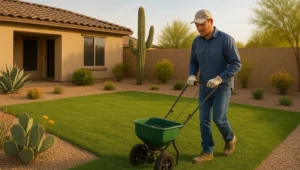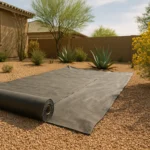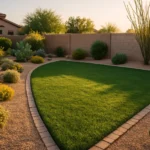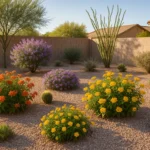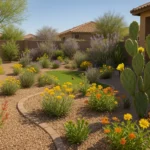Spring is a time of new beginnings, and in the Southeast Valley, it’s also a time when unwanted weeds can take over your yard. But don’t despair, there are ways to keep your yard green, consistent, and weed-free. This guide will show you how to bust spring weeds and implement fresh growth barriers for a healthier, more vibrant yard.
Understanding the Weed Problem
Before we delve into solutions, it’s crucial to understand why weeds cause such a problem in our gardens. Weeds are competitive plants that grow rapidly, taking up water, nutrients, and sunlight that your desired plants need. They also reproduce quickly, making it difficult to control their spread once they’ve taken root.
In the Southeast Valley, spring is the optimal season for weed growth. The combination of abundant sunlight, warming temperatures, and increased rain create the perfect conditions for weeds to thrive. Moreover, many native desert plants go dormant during this time, making it easier for weeds to establish themselves.
The Importance of Early Detection
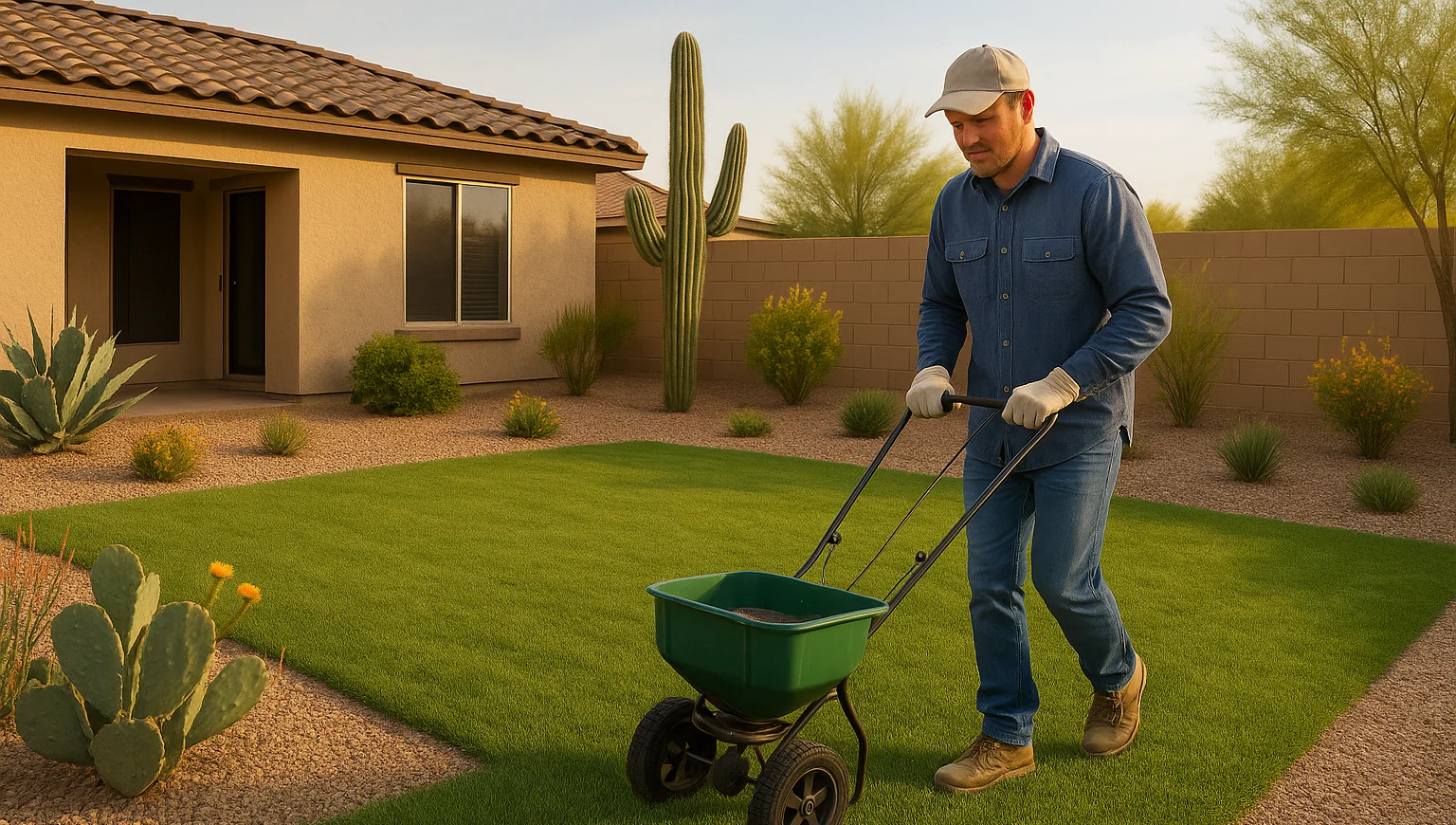
When it comes to weed control, early detection is key. As soon as you spot a weed, it’s important to act immediately. Waiting even a few days can allow the weed to release seeds, resulting in a far larger problem.
Regularly inspect your yard for signs of new weed growth. Weeds often start as small, unassuming plants that can easily blend in with your lawn or garden. However, left unchecked, they can quickly take over. It’s best to deal with weeds while they’re young and their root systems are still developing. This makes them easier to remove and less likely to regrow.
Manual Weed Removal: The First Line of Defense
Manual weed removal is the most straightforward method of weed control. It involves physically pulling the weeds out of the ground, ensuring the entire root system is removed. However, this method can be time-consuming and labor-intensive, especially in larger gardens or yards.
For best results, weed after a rain or watering event. The moist soil will make it easier to pull out the entire root system. There are also specialized tools, such as weed pullers and hoes, that can make the process easier. Remember, though, that manual weed removal is only effective if you get to the weed before it has a chance to seed.
Using Herbicides: A Chemical Solution
When manual weed removal isn’t enough, herbicides can be a potent weapon in your weed control arsenal. These chemicals work by disrupting the growth processes of weeds, effectively killing them. But remember, herbicides should be used as a last resort. They can potentially harm desirable plants if used improperly, and some may have environmental impacts.
If you choose to use herbicides, always follow the manufacturer’s instructions carefully. Select a product that targets the specific weeds you’re dealing with, and apply it correctly to minimize damage to your other plants. Also, keep in mind that some weeds may develop resistance to certain herbicides over time, so it’s a good idea to alternate products.
Implementing Growth Barriers: An Ounce of Prevention
Growth barriers, also known as weed barriers or landscape fabric, are tools that help prevent weed growth. They work by blocking sunlight, preventing weed seeds from germinating. While this method isn’t 100% effective (some stubborn weeds can still push through), it can significantly reduce the number of weeds in your garden.
These barriers are often used in conjunction with mulch to create an additional layer of protection. The mulch also helps to retain soil moisture and regulate temperature, promoting the health of your desired plants. When implementing a growth barrier, be sure to cut holes for your existing plants and secure the fabric with landscape staples to keep it in place.
Enriching the Soil: Promoting Healthy Plant Growth
Healthy, well-nourished plants are more resistant to weed invasions. By enriching your soil with compost or organic matter, you can boost the health of your plants and make it harder for weeds to compete.
Regular applications of organic matter can improve soil structure, increase nutrient availability, and enhance water retention, all of which benefit your plants. You might also want to consider using a slow-release fertilizer to provide a steady supply of nutrients. Check out our previous post on “How to Fertilize Desert Plants in Gilbert” for more tips on this topic.
Choosing the Right Plants: A Natural Weed Deterrent
Finally, the plants you choose for your garden can have a significant impact on weed growth. Some plants are naturally more competitive than others, helping to crowd out potential weeds. Ideally, you want to select plants that will thrive in your local conditions.
In the Southeast Valley, consider choosing native desert plants which are adapted to our unique climate and soil conditions. Not only do these plants require less water, but they can also compete effectively with weeds. For ideas, take a look at our post on “Top Drought-Resistant Plants for Arizona Gardens”.
By understanding the weed problem, detecting early, and implementing these control strategies, you can enjoy a greener, more consistent yard this spring. Remember, the goal isn’t to eradicate every single weed, but rather to manage them to a level where they don’t negatively impact your garden’s health and appearance. Happy gardening!

